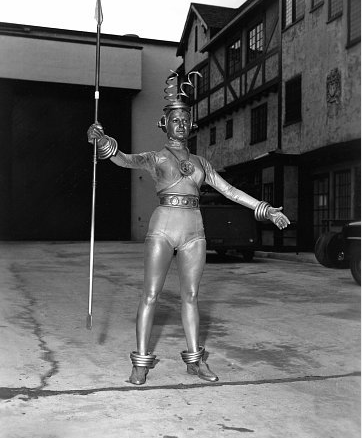I just bought a copy of Wim Wenders’ book Once. It’s essentially a book of photographs, though some of them have
quite lengthy captions, and sometimes the photographs look like illustrations
of the text, and there are one or are pieces of text that have no photograph at
all. The words are laid out so they look
like poetry. I don’t know why he laid
them out so they looked like poetry; but hey Wim, you’re the boss.
One of the pieces describes driving to Barstow with Dennis Hopper to
visit Nicholas Ray, who was there acting in Hair:
the movie was released in 1979. Wenders’ text runs:
Dennis knew Nick from a long time
ago,
when Nick had given him a small
part
in “Rebel Without a Cause.”
Dennis became friends with James
Dean…
During that night in Barstow
The conversation inevitably turned
to James Dean
And Nick declared to us:
“I taught him how to walk.”
I find that history hasn’t been kind to Rebel Without a Cause. I have trouble suspending my disbelief. Dean is supposed to be some crazy mixed up
kid but he looks, and indeed walks, like a guy in his twenties, which of course
he was when he made the film.
Be that as it may, Dean obviously looked great when he walked and he
knew it. There’s the iconic picture of
him walking in Times Square in 1955 (below), by Dennis Stock:
And there’s this one too, by Roy Schatt, taken on 68th Street, in 1954.
Rain or shine, the cigarette remains a cool walking accessory.














